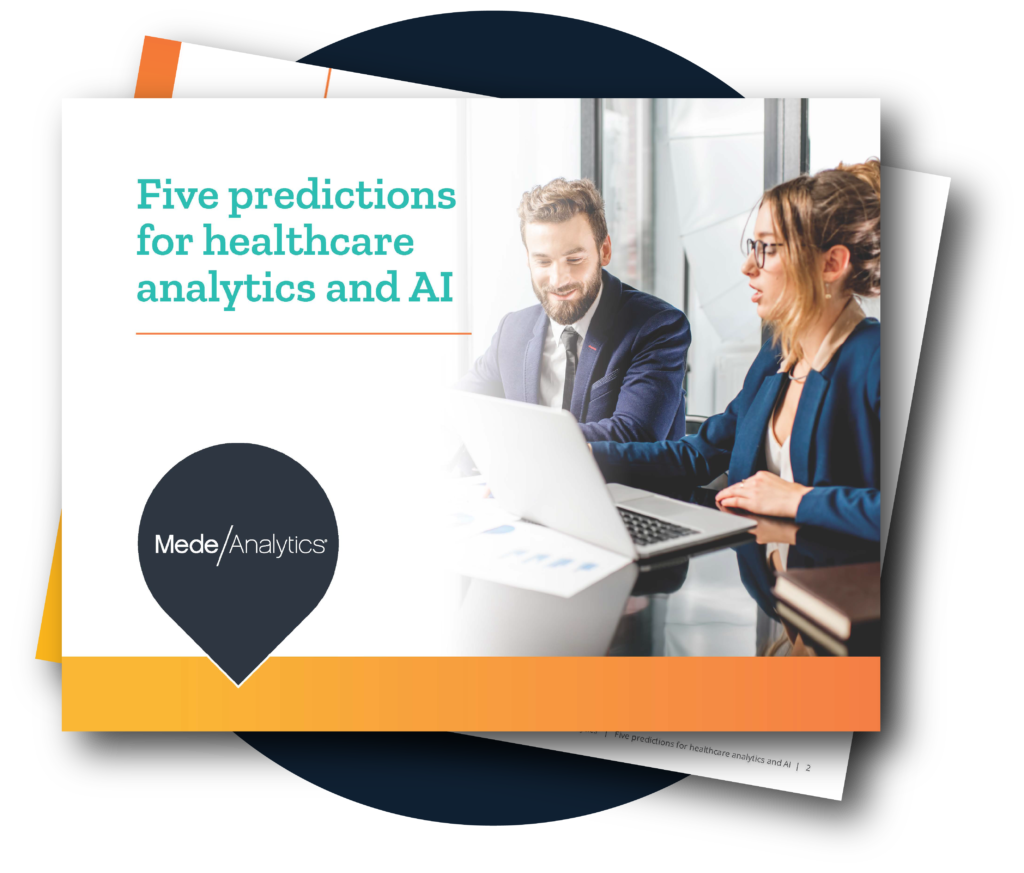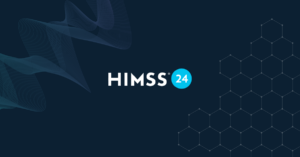Healthcare leaders increasingly realize the tremendous potential in artificial intelligence (AI) and analytics to deliver on the promise of high-quality care at a low cost. These innovations provide essential opportunities to empower executives, business leaders, clinicians and nurses with the power of predictive and prescriptive analytics to inform their decision-making.
Many healthcare organizations are seeking to harness the vast potential of AI and its four components — machine learning, natural language processing, deep learning, and robotics — to transform their clinical and business processes. They seek to apply these advanced technologies to make sense of an ever-swirling tsunami of structured and unstructured data and automate iterative operations that previously required manual processing.
Given these trends, here are five predictions for analytics and AI in healthcare for consideration by CXOs to inform their innovation roadmaps moving forward.
1. Acceleration of analytics and AI convergence
In a 2020 HIMSS research report (cited in my previous blogpost), 53% of AI platforms, tools, investments and resources are applied to clinical use cases, while 47% are applied to the back office needs. The top areas for immediate implementation in the clinical arena are identifying at-risk patients, predicting patient utilization, and risk scoring for chronic diseases.
Additional areas of investment include:
• Blending data from multiple EMRs, standardizing curated data sets to secure a ‘single version of the truth’ re: the patient
• Minimizing issues with reimbursement and payments including fraud, waste, abuse and denials (e.g., proactively predicting denials and addressing root causes before they happen)
• Enabling a 360-degree view of the patient for clinicians and nurses at the patient bedside
• Advancing precision medicine and personalized treatment of patients leveraging genomic data sets
• Improving supply chain management efficiencies, including predicting stock-outs and expired drugs
• Proactively identifying and mitigating cybersecurity risks, including medical fraud
• Identifying and classifying anomalies and incidental findings
• Proactively detecting fraud, waste and abuse pertaining to employee overtime and agency costs
2. Need for deeper insights than EHRs typically deliver
Healthcare providers have spent billions of dollars on deploying EHRs—and ultimately have gained back significant ROI. However, most EHR platforms have not delivered on their promise of delivering the granular analytics needed for executive decision making in areas like revenue cycle management, supply chain management, value-based care and population health management. This has led to the proliferation of analytics platforms that address these data needs.
3. Imperative to improve A/R, denials rates and RCM staff productivity
Loss of elective revenues has impacted provider revenues 10-30% and has reduced net margins below 2%, severely jeopardizing financial stability.
Consequently, RCM executives are challenged by their lack of visibility into A/R aging, denials, and cost-to-collect—as well as RCM staff productivity, loss of revenues due to increasing self-pay accounts, and revenue leakage in the mid-cycle.
With the right data analysis tools and platforms, organizations can leverage root cause analysis, trending, anomaly detection and predictive capabilities to gain visibility into revenue cycle opportunities and take corrective actions to impact revenue positively. Providers can assess documentation and coding performance in the mid-cycle to optimize claims reimbursement. RCM organizations can gain a consolidated view into accounts receivable, denials, bad debt and payer performance to improve cash flow and collections.
4. Focus on heightening provider-payer transparency and interoperability
A key challenge confronting both healthcare providers and health plans is to figure out how they can work together effectively to segment patient populations and stratify risk to proactively identify the most vulnerable patients. This requires extensive use and analysis of both clinical and social data.
Healthcare organizations need a robust analytics solution that will enable users to understand patient medical and pharmacy compliance, analyze population health data, assess the impact of social determinants of health for care management opportunities, and examine the risk of patients with long-term conditions over time.
5. Increased investment in self-service reporting capabilities
Healthcare costs continue to rise. Payers need reliable insights to help them understand, mitigate, and explain those rising costs to their employer accounts, brokers, and members, and make more informed decisions on plan design.
Health plans are under more pressure to demonstrate effectiveness and value to their commercial accounts. Commercial membership continues to decline and is more financially important for commercial plans than ever. Payers need analytics solutions that help demonstrate superior products/services for these key commercial accounts and/or for their broker community, so they can retain and grow their group business better than their competitors.
With the ever-increasing demand for speed and responsiveness, health plans must improve efficiency and deliver highly flexible and timely reporting to their clients. This requires that data be consolidated, accessible and actionable.
In Conclusion
Healthcare organizations have significant opportunities to engage in digital transformation at their fingertips. Innovations in telehealth, remote patient monitoring, robotics, AI and analytics are essential components to achieving high-quality care and superior outcomes at reasonable costs.
We hope that the trends and the five predictions for analytics and AI will inform healthcare innovation leaders’ blueprints and roadmaps in the coming months.

To see how these trends can be put into practice, download our e-book.
Get our take on industry trends
Another year, another great HIMSS!
HIMSS24 was a fantastic event, as always. One of our favorite additions this year was the Digital Health Technology Theme…
Read on...Optimize your midcycle for telehealth services
Telemedicine is now a permanent fixture in homes across America. A majority of healthcare organizations have established the technology necessary…
Read on...Three ways to improve patient retention in recovery programs
Deaths from drug overdoses have increased from ~1 per 100,000 in 1999 to ~4 per 100,000 in 2020.1 The introduction…
Read on...ACOs and value-based care in 2024: Four key questions and answers
ACOs have long been at the front lines of value-based care efforts. In a recent LinkedIn Fireside Chat, Andy Dé…
Read on...


